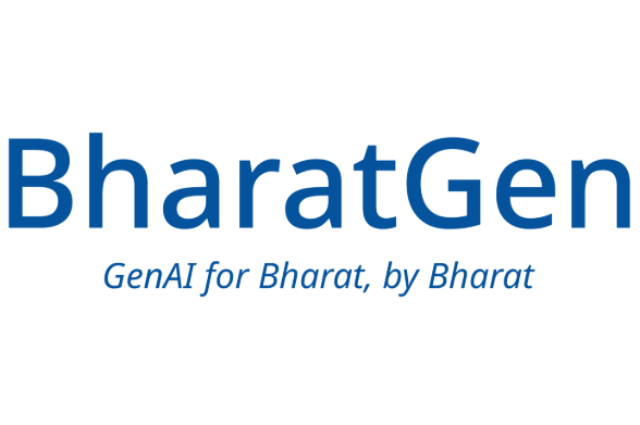In a move poised to redefine India’s AI landscape, the government has launched BharatGen, an ambitious initiative aimed at developing home-grown generative AI models tailored to the nation’s linguistic and cultural diversity. Announced by Dr. Jitendra Singh, Union Minister of State for Science and Technology, BharatGen marks a strategic push toward technological self-reliance, cutting down dependence on foreign AI models and reinforcing India's stance on data sovereignty.
The Need for an Indian AI Model
For years, India has leaned on Western-developed AI models, which, while sophisticated, fail to capture the nuances of India's multilingual fabric. With 22 official languages and hundreds of dialects, India faces a unique challenge—most AI models trained on English or European languages struggle with contextual accuracy when applied to Indic languages.
BharatGen seeks to change that by creating an indigenous large language model (LLM) that understands and processes Indian languages with greater linguistic precision. Beyond text, BharatGen is envisioned as a multimodal AI, capable of working with speech, text, and images, and a crucial requirement for a country where literacy levels and communication methods vary widely.
But the initiative isn’t just about language. By fostering AI development on Indian soil, BharatGen also addresses a broader concern—digital sovereignty. Data privacy and cybersecurity risks associated with foreign AI models have long been a talking point among policymakers. With BharatGen, India is signaling its intent to control its own AI infrastructure.
The Brains behind BharatGen
Unlike previous government-backed AI projects, BharatGen is a collaborative effort. Some of India's leading academic and research institutions have joined forces, including:
- IIT Bombay
- IIT Madras
- IIT Kanpur
- IIT Hyderabad
- IIT Mandi
- IIIT Hyderabad
These institutions, with their deep expertise in machine learning, AI ethics, and computational linguistics, form the backbone of BharatGen. The initiative is further supported by the Technology Innovation Hub (TIH) at IIT Bombay, which is driving R&D efforts.
What Sets BharatGen Apart?
Unlike other AI models developed globally, BharatGen is built on three core principles:
Data Sovereignty: The initiative is creating Bharat Data Sagar, a massive, India-specific dataset to ensure AI models are trained on data relevant to Indian culture and society.
Efficiency in Learning: Recognizing that many Indian languages lack digitized data, BharatGen is leveraging innovative AI training techniques that allow models to perform well with limited data.
Multimodal Capabilities: Unlike text-only LLMs, BharatGen integrates voice and image processing, crucial for a diverse nation where oral traditions and visual storytelling are deeply embedded in communication.
Strategic and Economic Impact
BharatGen’s implications extend far beyond academia. Its potential applications span a wide range of sectors:
- Government Services: AI-powered chatbots in regional languages to streamline access to public services.
- Healthcare: AI-driven medical advisories for rural and semi-urban communities.
- Education: AI-enabled personalized learning tools for students in their native languages.
- Agriculture: AI-generated insights on crop management and climate adaptation, accessible in local dialects.
The initiative also has a national security angle. AI-driven defense systems and mission-critical applications require secure, locally developed models, reducing India's exposure to foreign technology risks.
Challenges Ahead
While BharatGen’s vision is grand, execution will not be without hurdles:
- Data Gaps: Many Indian languages have little to no digital footprint, making AI training difficult.
- Computational Costs: Developing a state-of-the-art AI model requires enormous computing resources, an area where India still lags behind global AI powerhouses like the US and China.
- AI Ethics and Bias: Ensuring BharatGen remains free of bias, ethically sound, and culturally sensitive is critical for public acceptance.
Despite these challenges, early progress is encouraging. A team of over 50 researchers is already working on the first iteration of the model, with an expected release timeline of 4 to 10 months.
The Road Ahead
BharatGen is more than just an AI project—it is a statement of intent. India is making it clear that the next wave of AI innovation will not be dictated by Silicon Valley alone. By investing in indigenous AI solutions, the government is setting the stage for a future where AI technologies are aligned with India’s socio-economic realities.
With global AI regulations tightening and data privacy concerns escalating, BharatGen’s success could place India at the forefront of ethical, inclusive AI development. For now, all eyes are on its first major rollout, as India takes a decisive step toward AI self-sufficiency.

